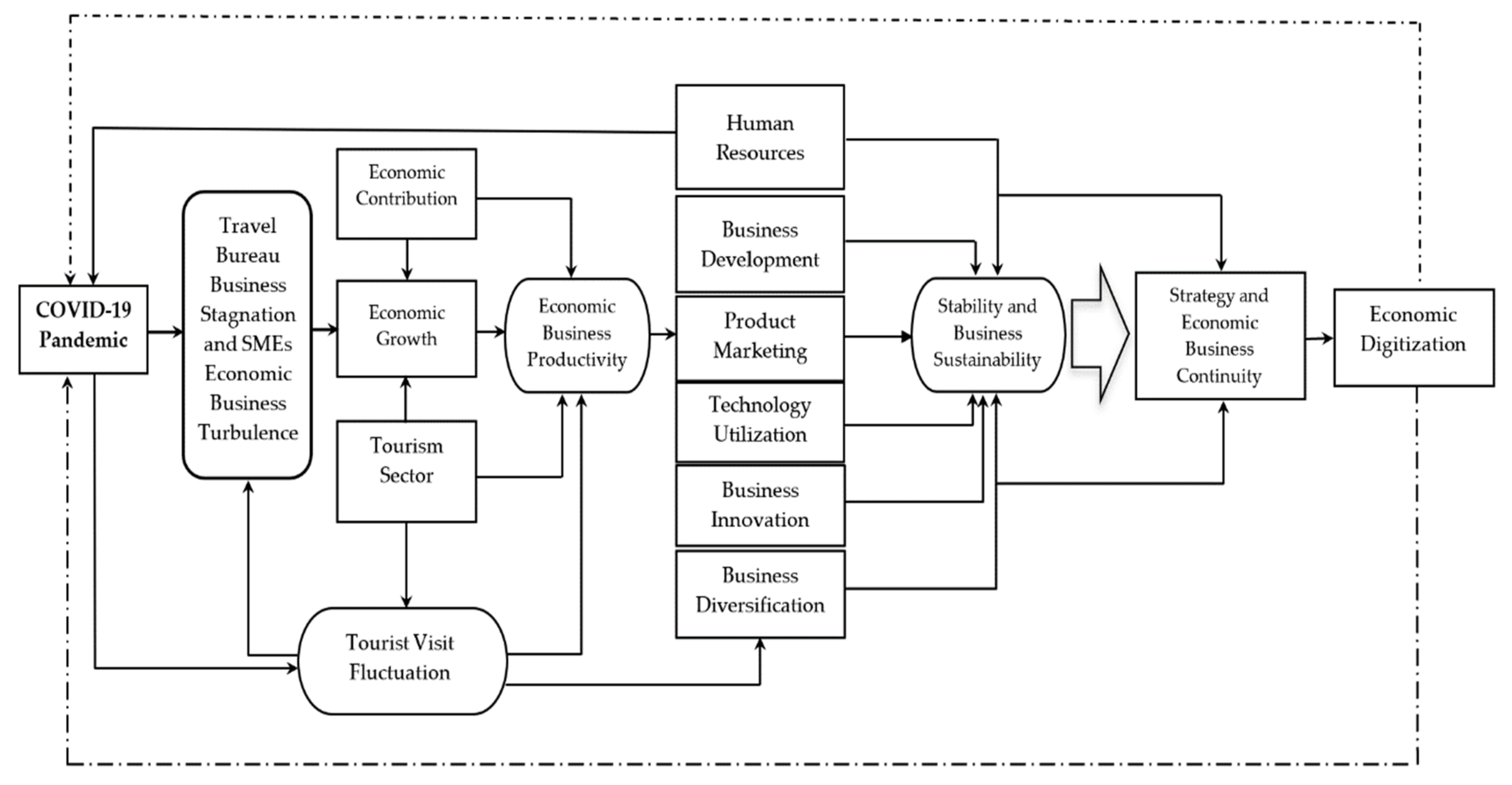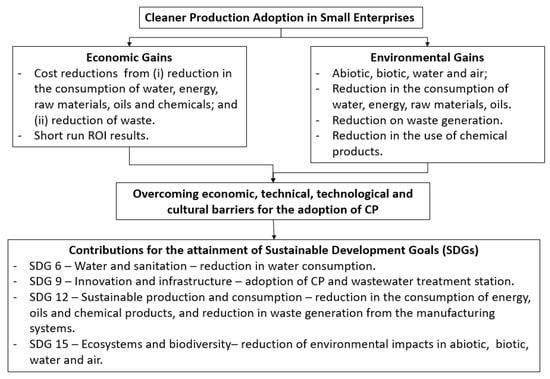Cleaning up after a disaster is crucial for a small business’s recovery. A strategic approach can mitigate damages and expedite reopening.
Disasters, whether natural or manmade, can strike with little warning, leaving small businesses in a state of turmoil. Swift and effective cleanup is vital to restoring operations and minimizing financial impact. Owners must navigate insurance processes, salvage what they can, and coordinate repairs.
A clear, step-by-step guide can prove indispensable during such chaotic times. This not only helps in prioritizing tasks but also ensures that nothing critical is overlooked. Business continuity planning, including a disaster response strategy, is not just a smart move; it’s essential for survival in today’s unpredictable climate. By following a systematic cleanup and recovery plan, small businesses can emerge resilient and more prepared for future incidents.

Credit: www.mdpi.com
Immediate Steps After A Disaster
Safety is top priority after any disaster hits. Check everyone for injuries. Ensure help arrives for those hurt. Stay away from damaged buildings and downed power lines. Turn off utilities if instructed to avoid more trouble.
Evaluating the damage comes next. Walk through your business carefully. Make a list of what’s broken or ruined. Take photos and videos. This helps with insurance claims later. Remember, it’s about noting what needs fixing or replacing.
Keeping everyone informed is key. Contact employees, customers, and suppliers. Update them on your business situation. Use phone calls, emails, or social media. Think about setting up a temporary sign at your business location too. Consistent updates provide peace of mind and show you’re handling things.
Creating A Cleaning And Restoration Plan
Small businesses must act quickly after a disaster. Identifying key areas is vital for efficient cleanup. Your plan should start with high-priority sections that directly impact daily operations, such as customer service areas, inventory, and equipment.
Deciding between hiring a professional service or using your team can be tough. Professional services bring expertise but at a higher cost. An in-house team might save money, albeit may not be as thorough.
| Timeline Phase | Goal |
|---|---|
| Immediate | Secure the site, prevent further damage |
| Short-term | Begin cleanup, resume partial operations |
| Long-term | Fully restore all business functions |
Your plan should have achievable milestones. This keeps everyone motivated and tracks progress. Remember, the goal is to reopen as soon as possible while maintaining safety and quality.
Navigating Insurance And Financial Aid
Documenting damages meticulously is crucial for claims success. Take clear photos or videos of all damage. Record dates, descriptions, and the damage extent.
Review your insurance policy carefully to understand what’s covered. Look for the ‘declarations page’ in your policy; it summarizes your coverage. Seek professional help if needed to comprehend policy nuances.
Explore government and private assistance programs. The Federal Emergency Management Agency (FEMA) may offer aid to businesses in disaster zones. Small Business Administration (SBA) loans can also be a lifeline. Check local agencies for additional support.

Credit: handbook.gitlab.com
Health Concerns And Hazard Management
Handling toxic materials and contaminants is crucial after a disaster. Businesses should identify hazardous substances immediately. This protects everyone’s health. Experts must manage these risks. Use protective gear to handle these materials.
Ensuring air quality is equally important. Mold grows quickly after water damage. Keep areas dry to prevent mold. Use dehumidifiers and proper ventilation systems. This maintains good air for everyone.
Keeping the workforce safe during clean-up is a top priority. All workers need safety training and equipment. Follow guidelines to protect against health risks. Regular breaks and clean water are necessary.
Business Continuity And Recovery Plans
Small businesses must act fast after a disaster. Creating a temporary office space or working remotely could keep operations running. Forming partnerships with local businesses may offer quick access to essential resources. It’s vital to secure a short-term solution to continue serving customers.
Updating the business continuity plan is crucial post-disaster. Regular reviews help ensure strategies are current and effective. Consider technological solutions and staff training sessions to improve response times.
Disasters teach invaluable lessons. Applying these insights reduces future risks. Upgrading infrastructure and reviewing insurance policies are smart strategies. Investment in preventative measures can safeguard the business long-term.

Credit: www.thelancet.com
Community Engagement And Reputation Management
Small businesses play a key role in community recoveryafter disasters. By joining forces with local organizations and businesses, these efforts magnify their impact. Sharing resources or services can streamline the clean-up process, making it more efficient.
Keeping the public informed about recovery progress is crucial. Regular updates through social media posts or local media interviews will keep the community connected. Transparency will foster trust and strengthen your business’s reputation.
Every disaster has a silver lining. It is an opportunity to build stronger community relationships. Turning around the narrative towards a positive recovery journey can inspire others. Stories of resilience become part of your brand’s identity. These stories encourage new customer support.
Conclusion
Navigating the aftermath of a disaster is daunting for any small business. With the right approach, recovery is within reach. Prioritize safety, seek assistance, and maintain communication. Remember, the resilience built today fosters a stronger tomorrow. Your business can emerge from chaos, not just surviving but thriving.

